Kyoto apartment block conversion transcends style
A Kyoto apartment block conversion transforms two historical buildings into a three-unit residential block, courtesy of Bonbonma Architecture
Sudo Kazuya - Photography
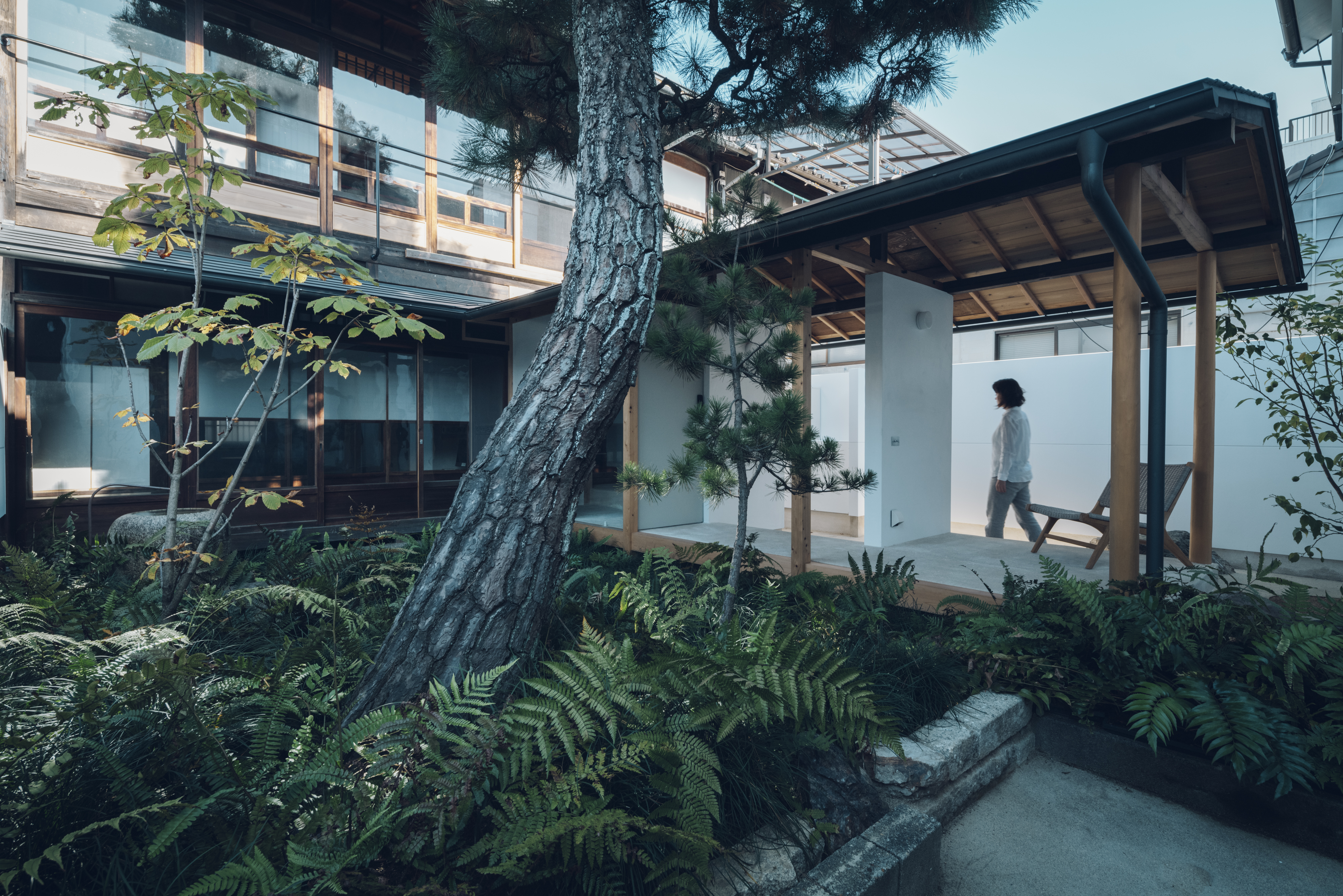
In a city as historically rich as Kyoto, architectural treasures are not hard to find, permeating the everyday, all across town. In the case of the newest project by locally based studio Bonbonma Architecture, this heritage meets a more contemporary twist, via the late 20th century, in an unusual mix across styles and periods. This Kyoto apartment block conversion involved the transformation of two properties on the same plot of land – one from the 1920s and a more contemporary one – into a coherent complex of three units.
Named Suzu, the complex features structures separated by seven decades, which resulted in the vastly different looks and construction methods involved. What unites them is a rich, green tsuboniwa style garden – a typical element in traditional Kyoto architecture. Now, Bonbonma Architecture's surgical intervention means a flow is established between the two building and craft, space and light are allowed to take centre stage throughout this layered residential complex.

In the process of determining which areas will stay and which will go (part of the structure had to be demolished and redesigned) in order to re-imagine the existing structures and adapt them to their new use, Bonbonma used a method called ‘tone architecture'. It allows the architects to define spaces by using the different notes that each space vibrates to – eventually creating a whole composition by putting together the sound each room makes.
Bonbonma Architecture, headed by Mexico-born architect Cecilia Ramirez Corzo Robledo, also works with the building's existing ‘biology', aiming to employ natural materials, respect existing eco-systems, and maintain the structures' original palette when it comes to restoration work. Here too, minimising waste and avoiding the use of synthetic materials were key in the concept, as the architect and her team reused materials from the site and complemented those with similar, modern-day equivalents that ensured the original architectural intention remained present and strong - while remaining in sync with the natural context.
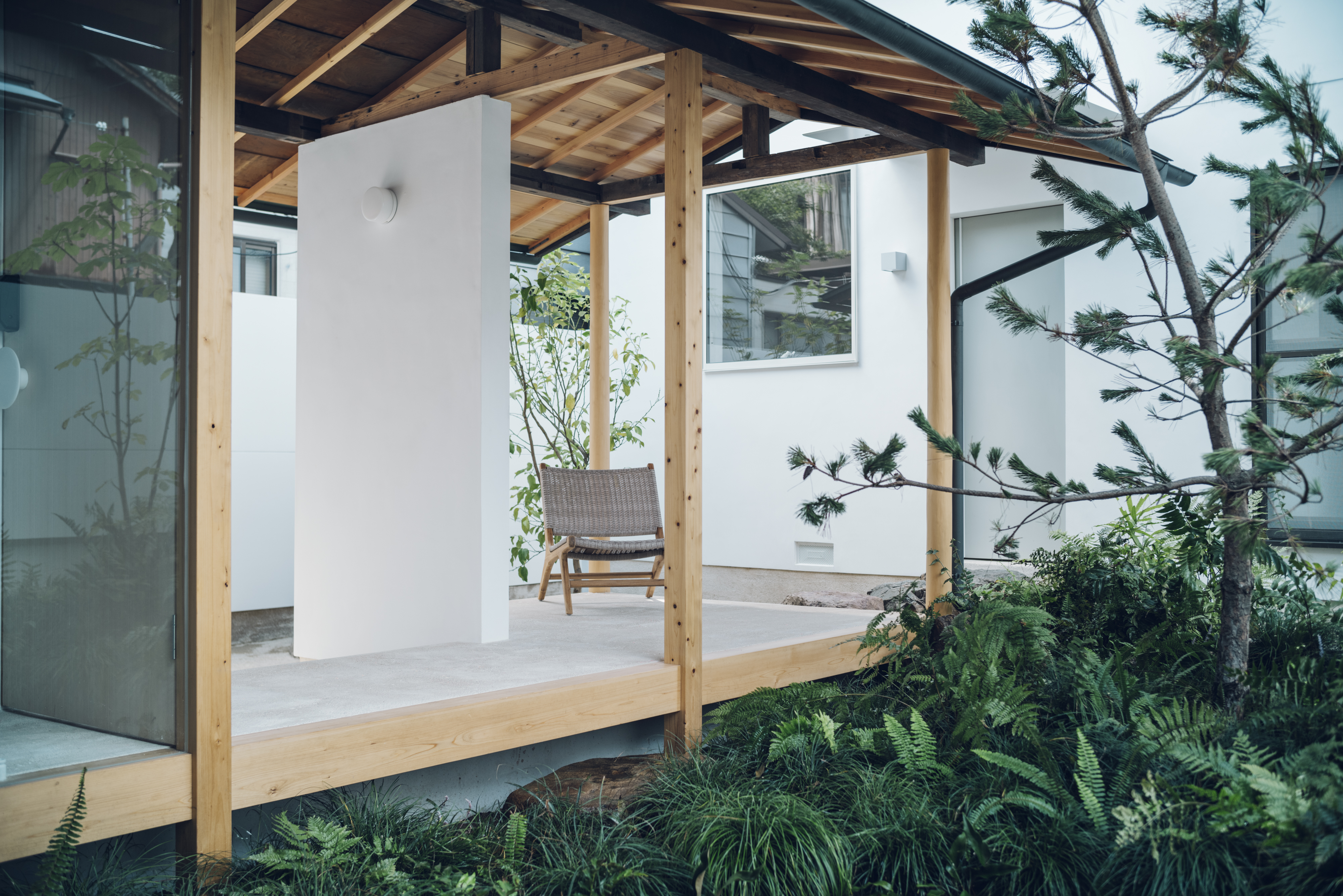
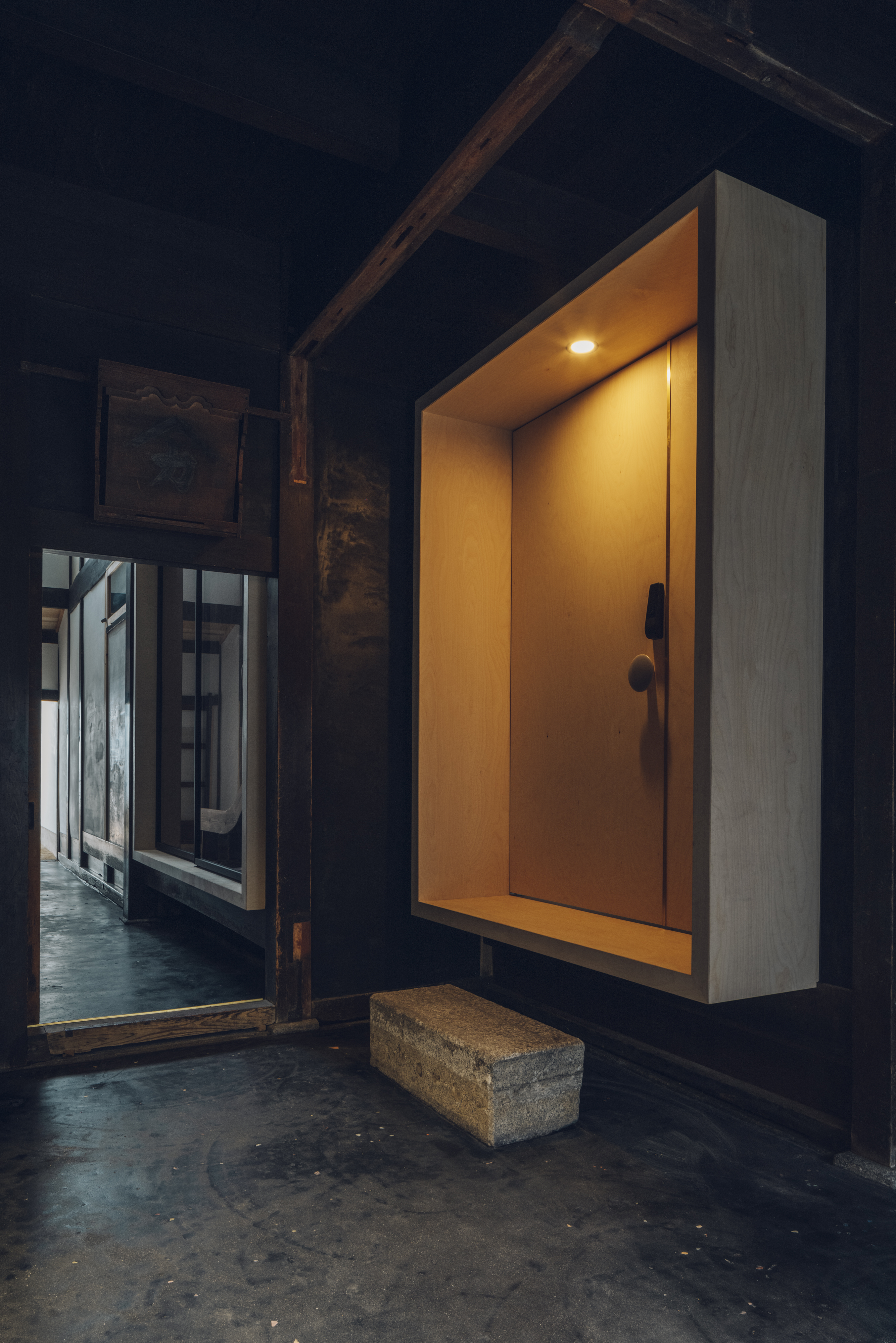

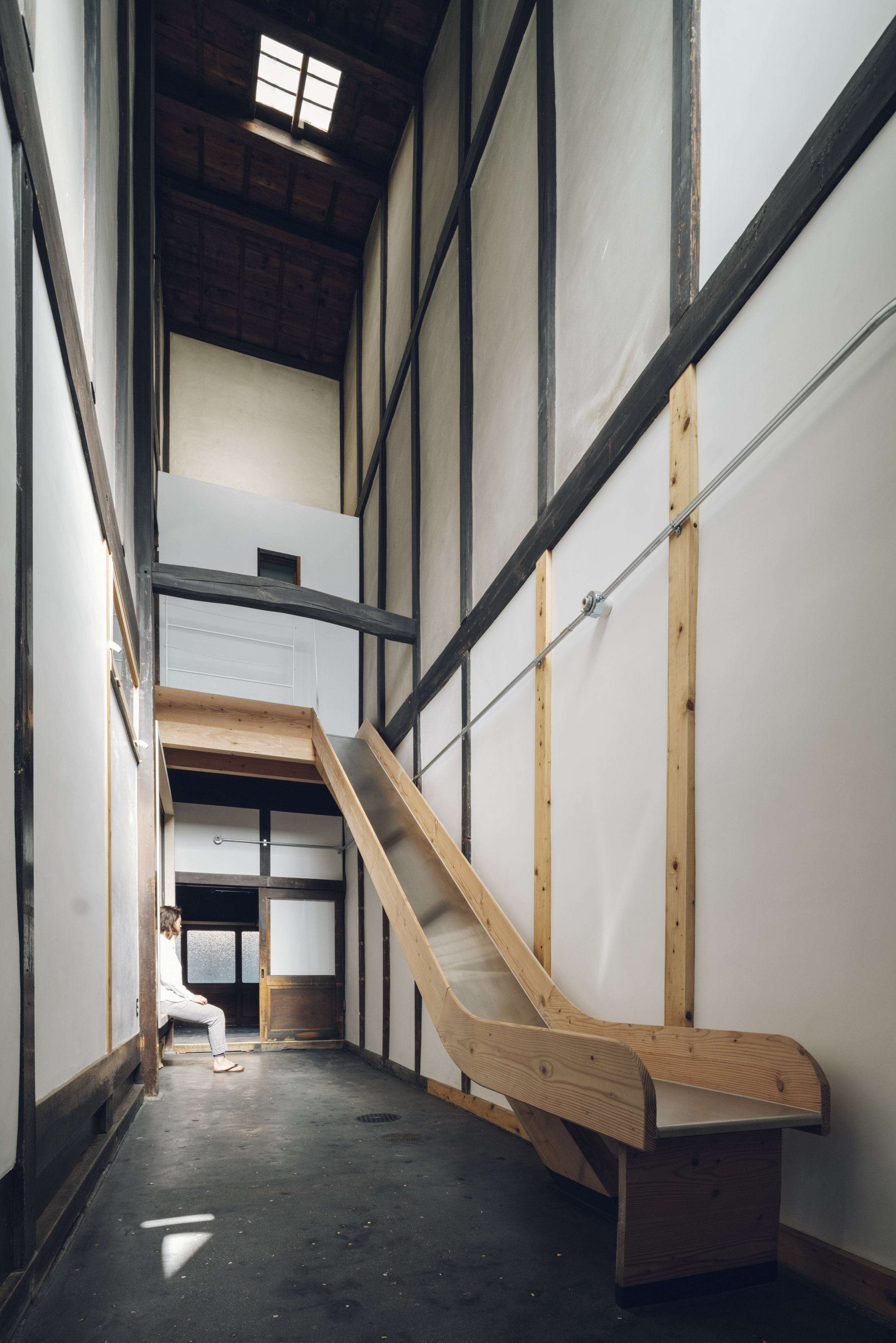

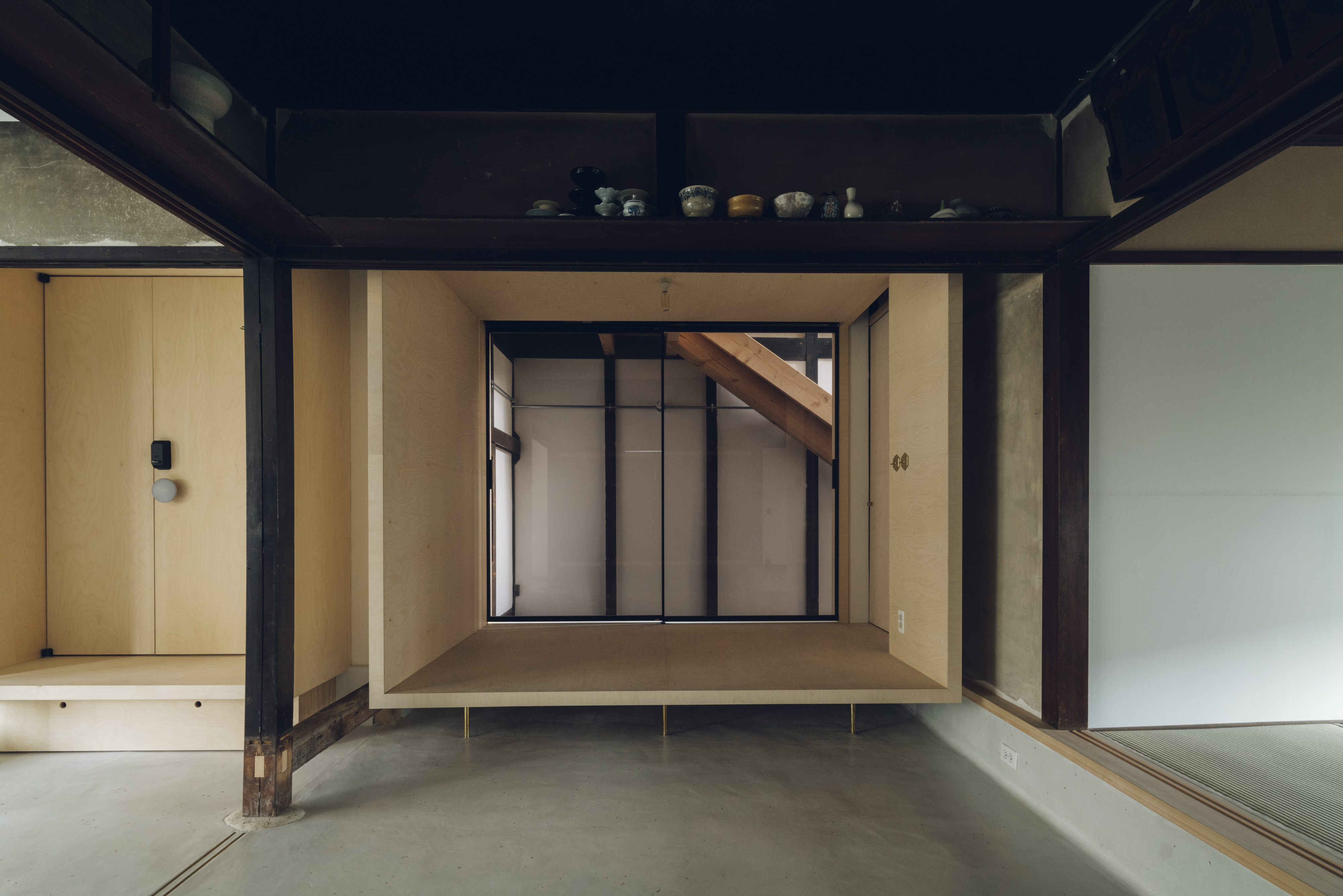
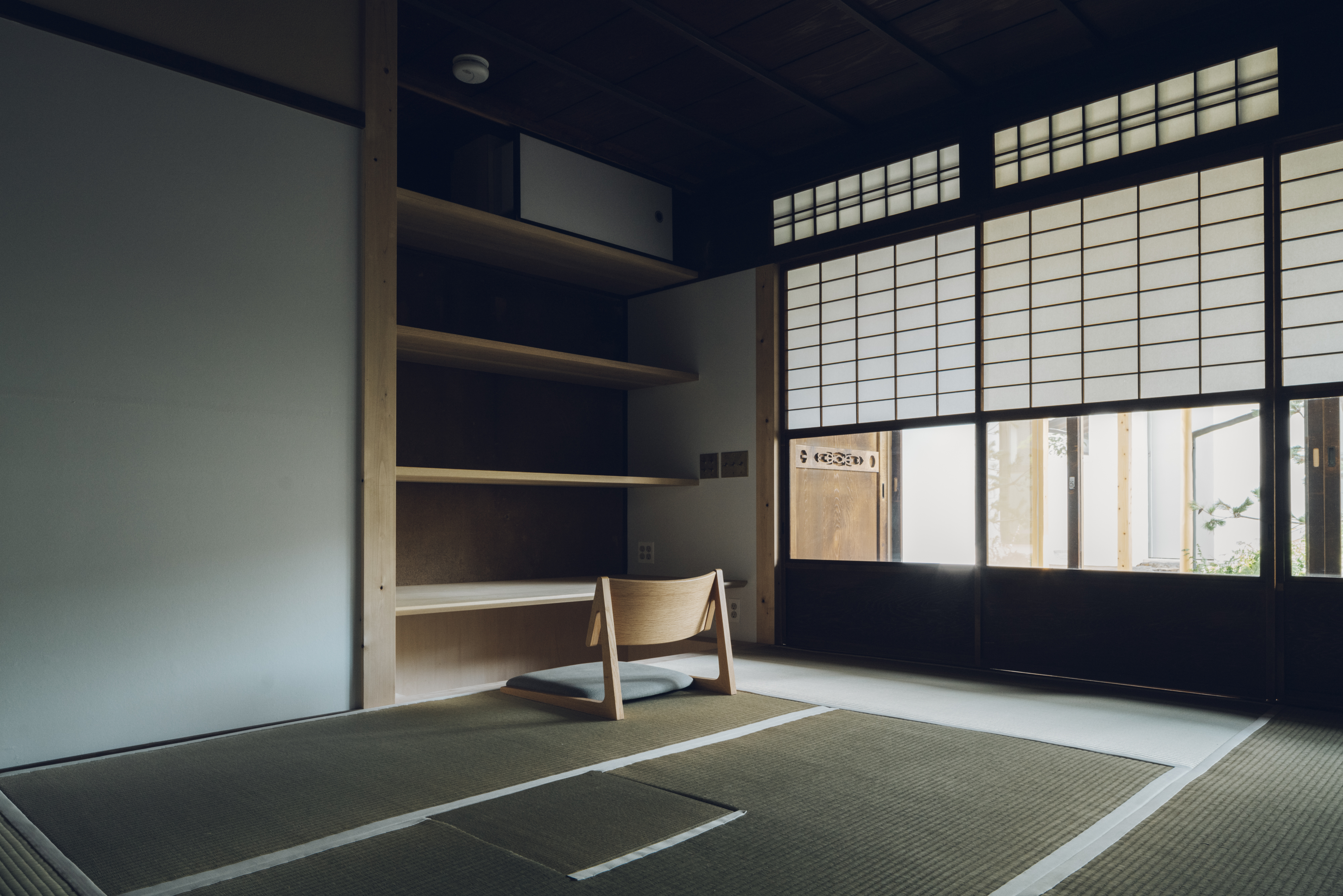
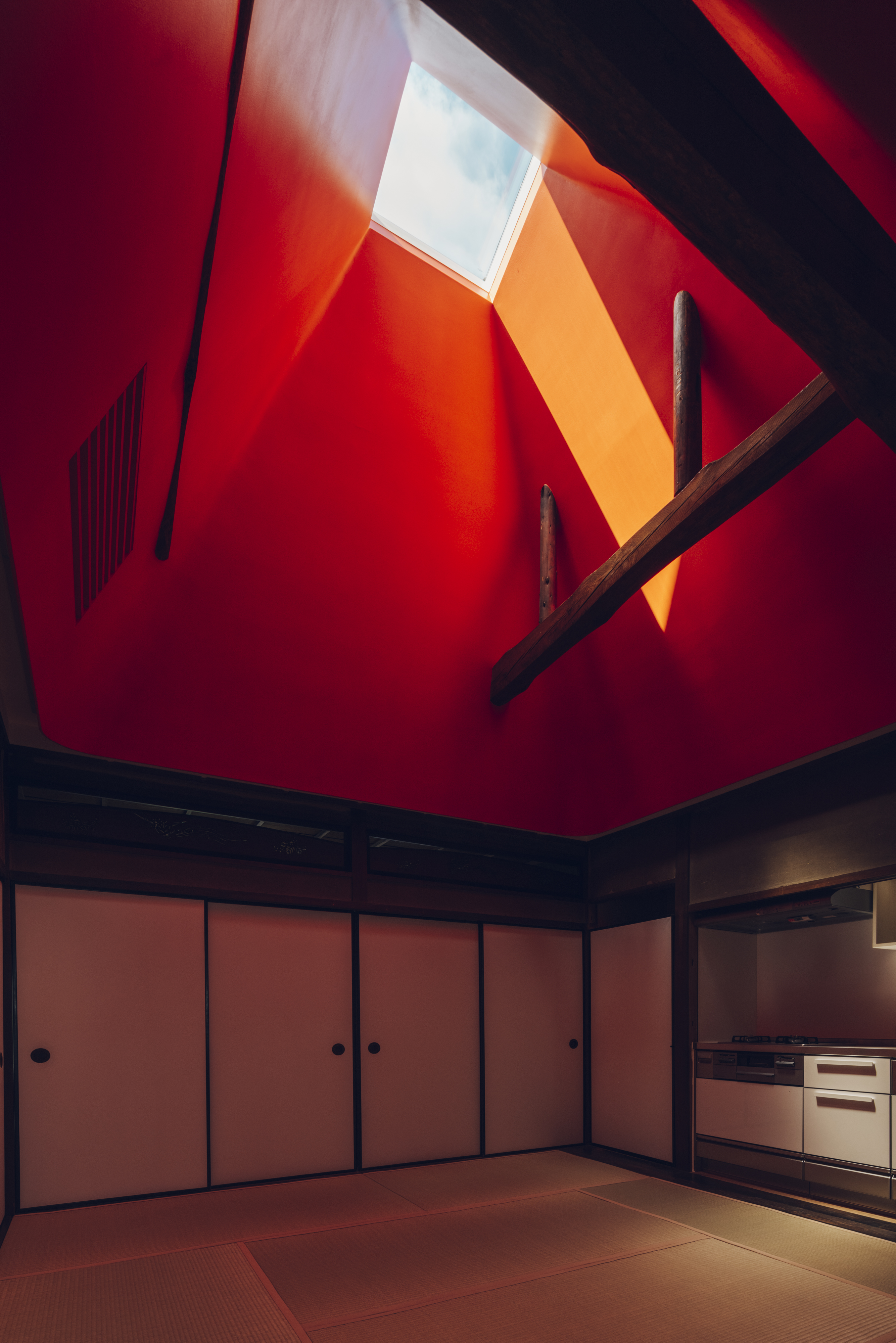
INFORMATION
Receive our daily digest of inspiration, escapism and design stories from around the world direct to your inbox.
Ellie Stathaki is the Architecture & Environment Director at Wallpaper*. She trained as an architect at the Aristotle University of Thessaloniki in Greece and studied architectural history at the Bartlett in London. Now an established journalist, she has been a member of the Wallpaper* team since 2006, visiting buildings across the globe and interviewing leading architects such as Tadao Ando and Rem Koolhaas. Ellie has also taken part in judging panels, moderated events, curated shows and contributed in books, such as The Contemporary House (Thames & Hudson, 2018), Glenn Sestig Architecture Diary (2020) and House London (2022).
-
 Terrified to get inked? This inviting Brooklyn tattoo parlour is for people who are 'a little bit nervous'
Terrified to get inked? This inviting Brooklyn tattoo parlour is for people who are 'a little bit nervous'With minty-green walls and an option to 'call mom', Tiny Zaps' Williamsburg location was designed to tame jitters
-
 Let’s hear it for the Chopard L.U.C Grand Strike chiming watch
Let’s hear it for the Chopard L.U.C Grand Strike chiming watchThe Swiss watchmaker’s most complicated timepiece to date features an innovative approach to producing a crystal-clear sound
-
 Form... and flavour? The best design-led restaurant debuts of 2025
Form... and flavour? The best design-led restaurant debuts of 2025A Wallpaper* edit of the restaurant interiors that shaped how we ate, gathered and lingered this year
-
 This Fukasawa house is a contemporary take on the traditional wooden architecture of Japan
This Fukasawa house is a contemporary take on the traditional wooden architecture of JapanDesigned by MIDW, a house nestled in the south-west Tokyo district features contrasting spaces united by the calming rhythm of structural timber beams
-
 Take a tour of the 'architectural kingdom' of Japan
Take a tour of the 'architectural kingdom' of JapanJapan's Seto Inland Sea offers some of the finest architecture in the country – we tour its rich selection of contemporary buildings by some of the industry's biggest names
-
 Matsuya Ginza lounge is a glossy haven at Tokyo’s century-old department store
Matsuya Ginza lounge is a glossy haven at Tokyo’s century-old department storeA new VIP lounge inside Tokyo’s Matsuya Ginza department store, designed by I-IN, balances modernity and elegance
-
 The Architecture Edit: Wallpaper’s houses of the month
The Architecture Edit: Wallpaper’s houses of the monthThis September, Wallpaper highlighted a striking mix of architecture – from iconic modernist homes newly up for sale to the dramatic transformation of a crumbling Scottish cottage. These are the projects that caught our eye
-
 Utopian, modular, futuristic: was Japanese Metabolism architecture's raddest movement?
Utopian, modular, futuristic: was Japanese Metabolism architecture's raddest movement?We take a deep dive into Japanese Metabolism, the pioneering and relatively short-lived 20th-century architecture movement with a worldwide impact; explore our ultimate guide
-
 A new Tadao Ando monograph unveils the creative process guiding the architect's practice
A new Tadao Ando monograph unveils the creative process guiding the architect's practiceNew monograph ‘Tadao Ando. Sketches, Drawings, and Architecture’ by Taschen charts decades of creative work by the Japanese modernist master
-
 A Tokyo home’s mysterious, brutalist façade hides a secret urban retreat
A Tokyo home’s mysterious, brutalist façade hides a secret urban retreatDesigned by Apollo Architects, Tokyo home Stealth House evokes the feeling of a secluded resort, packaged up neatly into a private residence
-
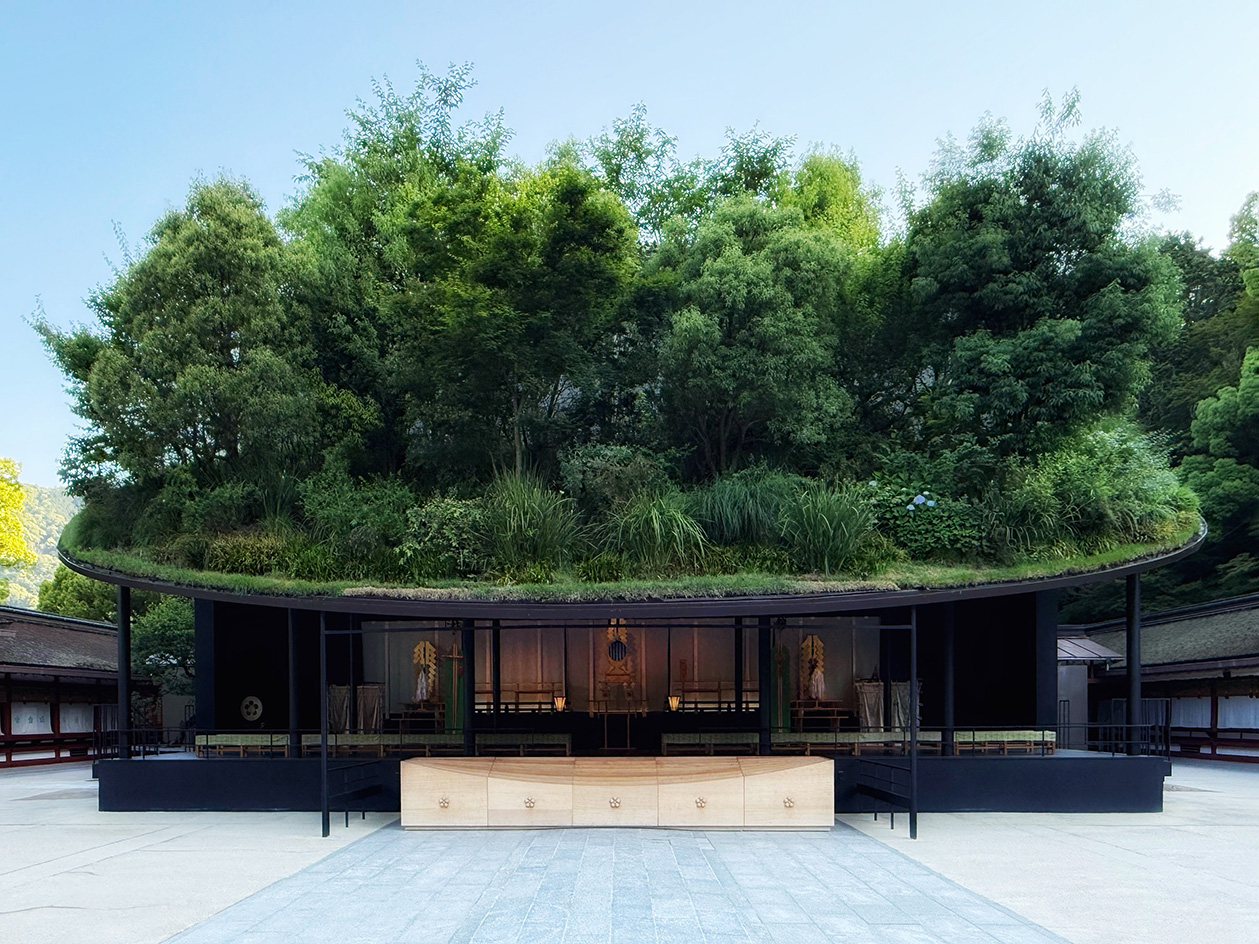 Landscape architect Taichi Saito: ‘I hope to create gentle landscapes that allow people’s hearts to feel at ease’
Landscape architect Taichi Saito: ‘I hope to create gentle landscapes that allow people’s hearts to feel at ease’We meet Taichi Saito and his 'gentle' landscapes, as the Japanese designer discusses his desire for a 'deep and meaningful' connection between humans and the natural world